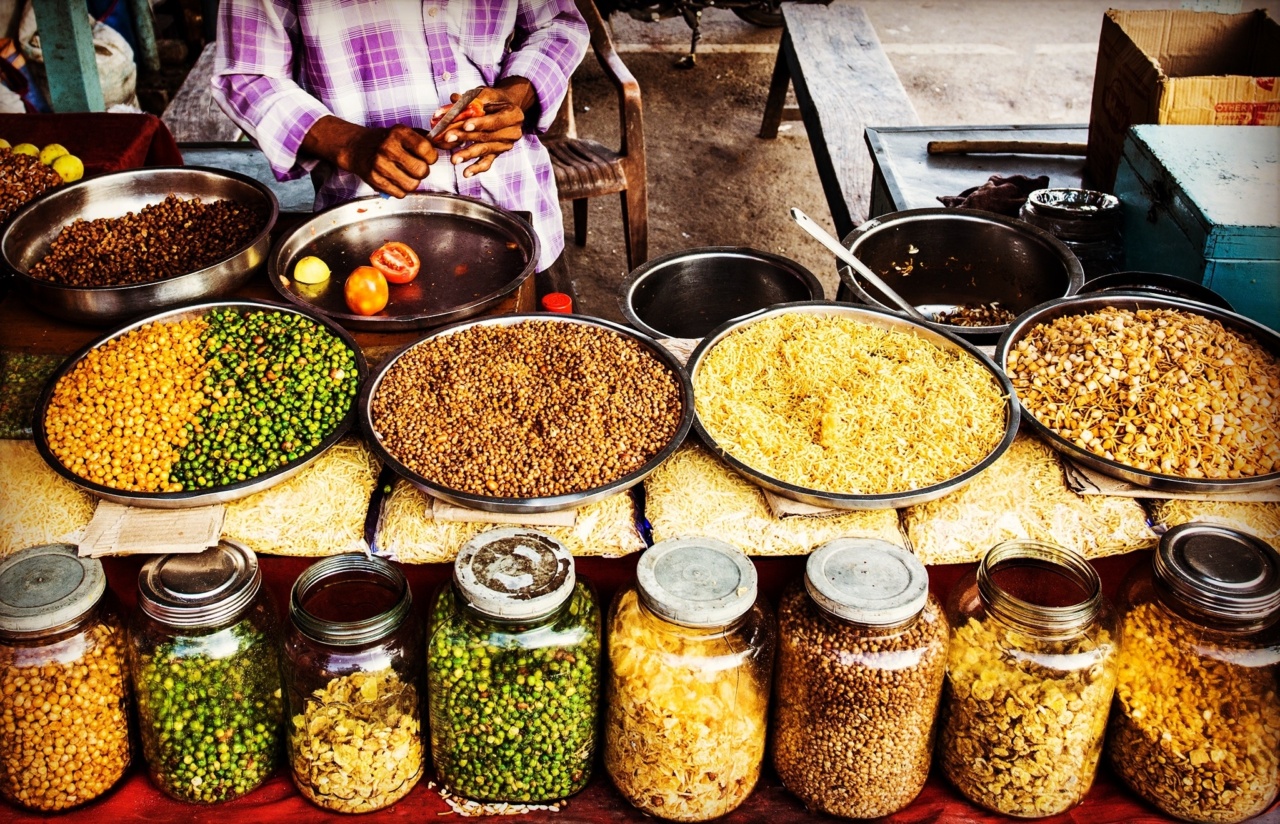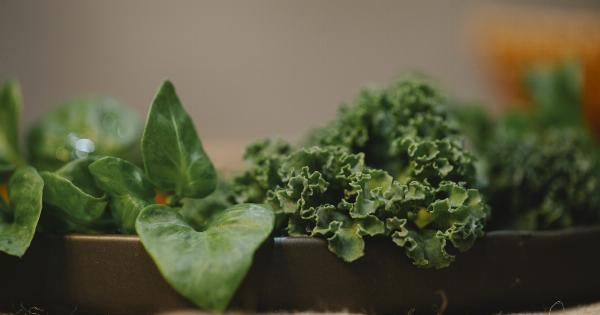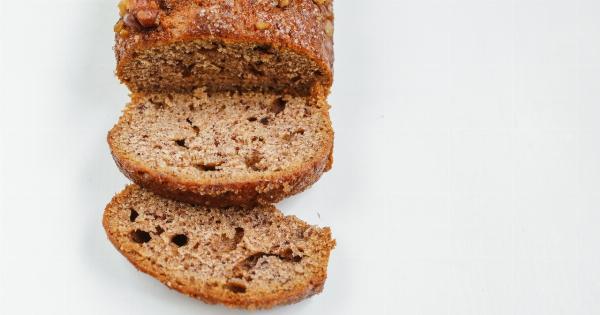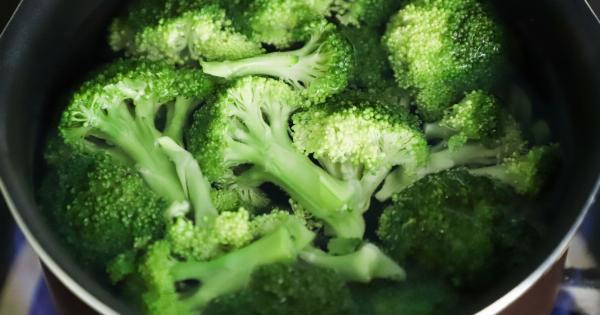Legumes are a family of plants that include beans, lentils, chickpeas, and peas. They are a great source of protein, fiber, and essential nutrients.
However, for some people, consuming legumes can lead to uncomfortable digestive symptoms such as gas, bloating, and indigestion. Luckily, there is a simple solution that can help improve the digestibility of legumes – soaking.
Soaking legumes before cooking them can significantly reduce these digestive issues and allow you to enjoy the health benefits of these nutritious foods without any discomfort.
The Science behind Soaking
Legumes contain anti-nutrients such as phytic acid, tannins, and enzyme inhibitors. While these compounds serve a protective role for the plant, they can interfere with the digestion and absorption of nutrients in humans.
Phytic acid, for example, can bind to minerals and inhibit their absorption, leading to potential mineral deficiencies. Soaking legumes helps neutralize these anti-nutrients and makes the legumes more digestible and nutrient-rich.
Step-by-Step Guide to Soaking Legumes
Soaking legumes is a simple process that requires minimal effort. Here’s a step-by-step guide to help you soak legumes for better digestion:.
1. Sort and Rinse
Start by sorting through the legumes to remove any debris or damaged beans. Then, rinse them thoroughly under running water to remove any dirt or dust.
2. Choose the Right Container
Select a container that is large enough to allow the legumes to expand during the soaking process. A bowl or a large pot works well for most legumes.
3. Add Water
Place the legumes in the chosen container and cover them with enough water to ensure they are fully submerged. The legumes will absorb some of the water, so make sure to add a bit extra to compensate.
4. Soak for the Right Amount of Time
The soaking time varies depending on the type of legume. Here are the typical soaking times for common legumes:.
- Beans: Soak for 8 to 12 hours
- Lentils: Soak for 2 to 4 hours
- Chickpeas: Soak for 8 to 12 hours
- Peas: Soak for 6 to 8 hours
It’s best to soak legumes overnight to simplify the process. You can adjust the soaking time based on your schedule, but ensure that they are soaked for the minimum recommended time.
5. Drain and Rinse
After the soaking period, drain the water from the legumes and then rinse them thoroughly under running water. This step helps remove some of the remaining anti-nutrients.
6. Cook as Desired
Finally, you can cook the legumes using your preferred method. You can boil them, pressure cook them, or even include them in stews or soups.
Soaking legumes prior to cooking can significantly reduce their cooking time and lead to softer, more easily digestible legumes.
Tips for Soaking Legumes
To ensure successful soaking, consider the following tips:.
- Use warm water: Soaking legumes in warm water can help speed up the process.
- Don’t oversoak: While soaking is beneficial, overly prolonged soaking can cause the legumes to ferment and develop an off-flavor.
- Change the water: If you soak legumes for an extended period, it’s a good idea to change the water once or twice during the soaking process to prevent fermentation.
- Add salt to the soaking water: Some studies suggest that adding a small amount of salt to the soaking water can further improve the texture and digestibility of legumes.
The Benefits of Soaking Legumes
Soaking legumes provides several benefits:.
- Improved digestibility: Soaking legumes breaks down the complex carbohydrates, making them easier to digest and reducing the risk of digestive symptoms like bloating and gas.
- Reduced cooking time: Soaked legumes cook faster, reducing the time required to prepare meals.
- Enhanced nutrient absorption: Soaking legumes helps remove anti-nutrients like phytic acid, allowing for better absorption of minerals such as iron, zinc, and calcium.
- Increased nutrient content: Soaking activates enzymes present in legumes that can enhance their nutritional profile by increasing the availability of certain vitamins and minerals.
Conclusion
Soaking legumes is a simple but effective method to improve their digestibility and make them more nutritious.
By neutralizing anti-nutrients and breaking down complex carbohydrates, soaking legumes can alleviate digestive discomfort and enhance the absorption of essential nutrients. Incorporating soaked legumes into your diet can lead to better digestive health and contribute to a well-rounded, nutrient-rich eating plan.





























